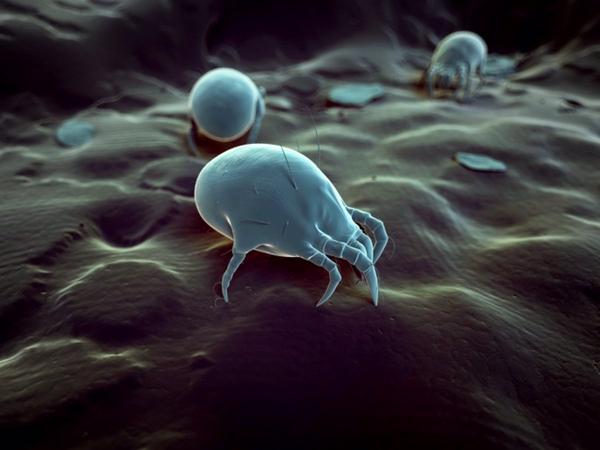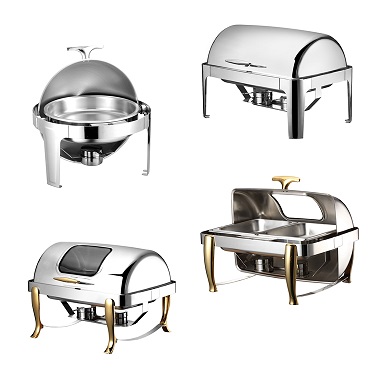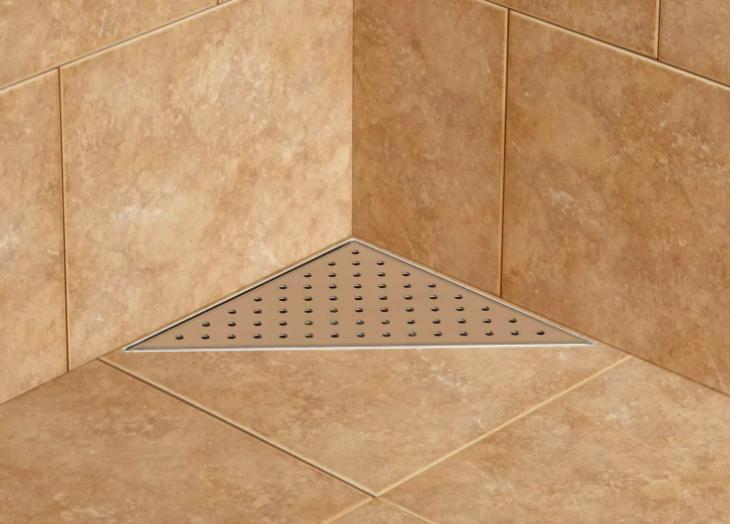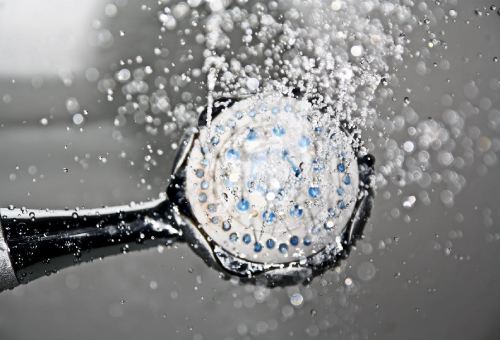Decimate Dust Mites
MADRID, July 7 (Infosalus/EP) -
Mites are small arachnids, not visible to the naked eye, that proliferate at high temperatures and humidity levels and are directly responsible for dust allergies. They are located more frequently in the rooms and especially in the bedrooms, where the mattresses of the beds constitute their ideal refuge since they meet the necessary conditions for their development.
As explained by Dr. Ildefonso Luna Ortiz on the website of laGallega de Alergia e Inmunología Clínica "mites have been recognized as responsible for allergies to house dust since the late 1960s and are one of the most common causes of allergies currently".
Symptoms of allergy to dust mites include stuffy nose, runny nose, sneezing and itching (rhinitis) or even episodes of bronchial asthma characterized by respiratory distress, coughing fits and hearing wheezing, itchy eyes can also occur and tearing.
From the Mayo Clinic website, they point out that avoiding exposure to dust mites is the best strategy to control this allergy and although they cannot be completely eliminated, their number can be greatly reduced. To do this, from the website of the American medical institution they point out the following suggestions:
* Use allergen-proof bedding: cover your mattress and pillows with covers that block dust or allergens. These bedding, made of tightly woven fabric, prevent dust mites from colonizing or escaping from the mattress or pillows. Store spring-summer layer clothing in allergen-proof coveralls.

* Wash bedding weekly: Wash all sheets, blankets, pillowcases and mattress covers in hot water that is at least 60 degrees Celsius to kill dust mites and allergens. If the bedding cannot be washed hot, it can be tumble dried for at least 15 minutes at a temperature above 60 degrees Celsius to kill mites. Then you have to wash and dry the clothes to remove allergens. Items that cannot be washed can be frozen for 24 hours as well to kill dust mites but this will not kill allergens.
* Keep humidity low: Keep your home below 50 percent relative humidity. A dehumidifier or air conditioner can help keep humidity levels down, and a hygrometer (available at hardware stores) can measure humidity levels.
* Choose bedding carefully: avoid those that easily trap dust and are difficult to wash frequently.
* Buy stuffed toys that are washable: wash them often in hot water and dry them carefully. Better to keep these types of toys out of bed.
* Remove dust: Use a damp or oily cloth instead of dry materials to clean dust. This prevents dust from becoming airborne and settling back onto surfaces.
* Vacuum regularly: Vacuuming carpet and upholstered furniture removes surface dust but vacuuming is not effective in removing most dust mites and dust mite allergens. Use a double-layer microfilter or a high-efficiency particulate air (HEPA) filter to reduce dust emissions from the vacuum. If the allergies are severe, someone else should do the work and do not enter the room for two hours after vacuuming.
* Reduce decoration: if objects accumulate dust they can also accumulate dust mites. Remove small objects, decorative ornaments, books, magazines, and newspapers from the room.
* Eliminate carpets and other mite harborages: Carpets provide a comfortable habitat for dust mites. This is especially true if the carpet is on top of concrete, which easily retains moisture and provides a humid environment for dust mites. If possible, replace bedroom carpets with tile, wood, linoleum, or vinyl flooring. Consider replacing other dusty bedroom furniture such as figurines, non-washable curtains, and venetian blinds.
* Install a high-efficiency filter in heating or cooling: look for filters with a Minimum Efficiency Reporting Value (MERV) of 11 or 12 and leave the fan on to create an air filter for the whole house. Be sure to change the filter every three months.









2143